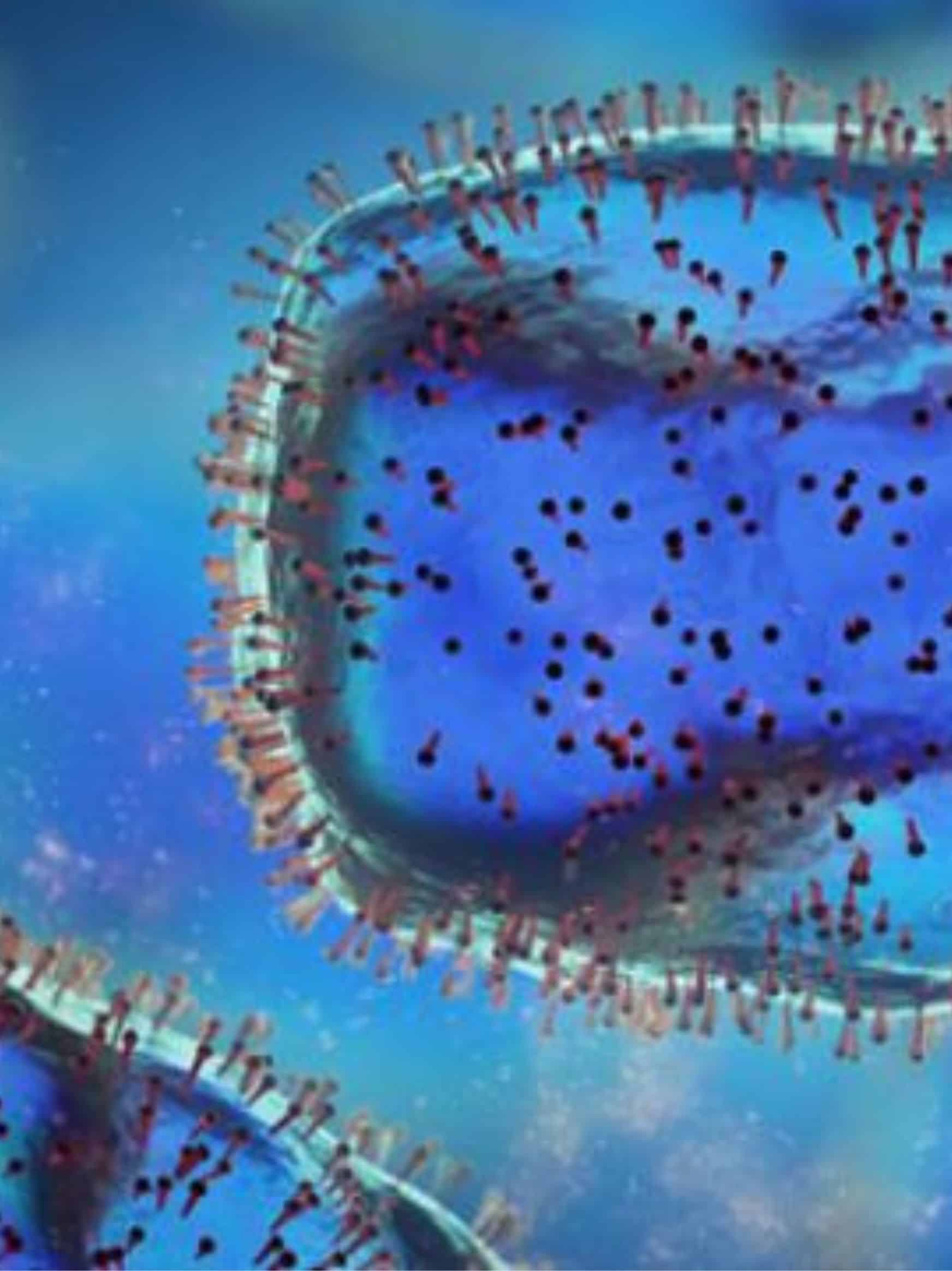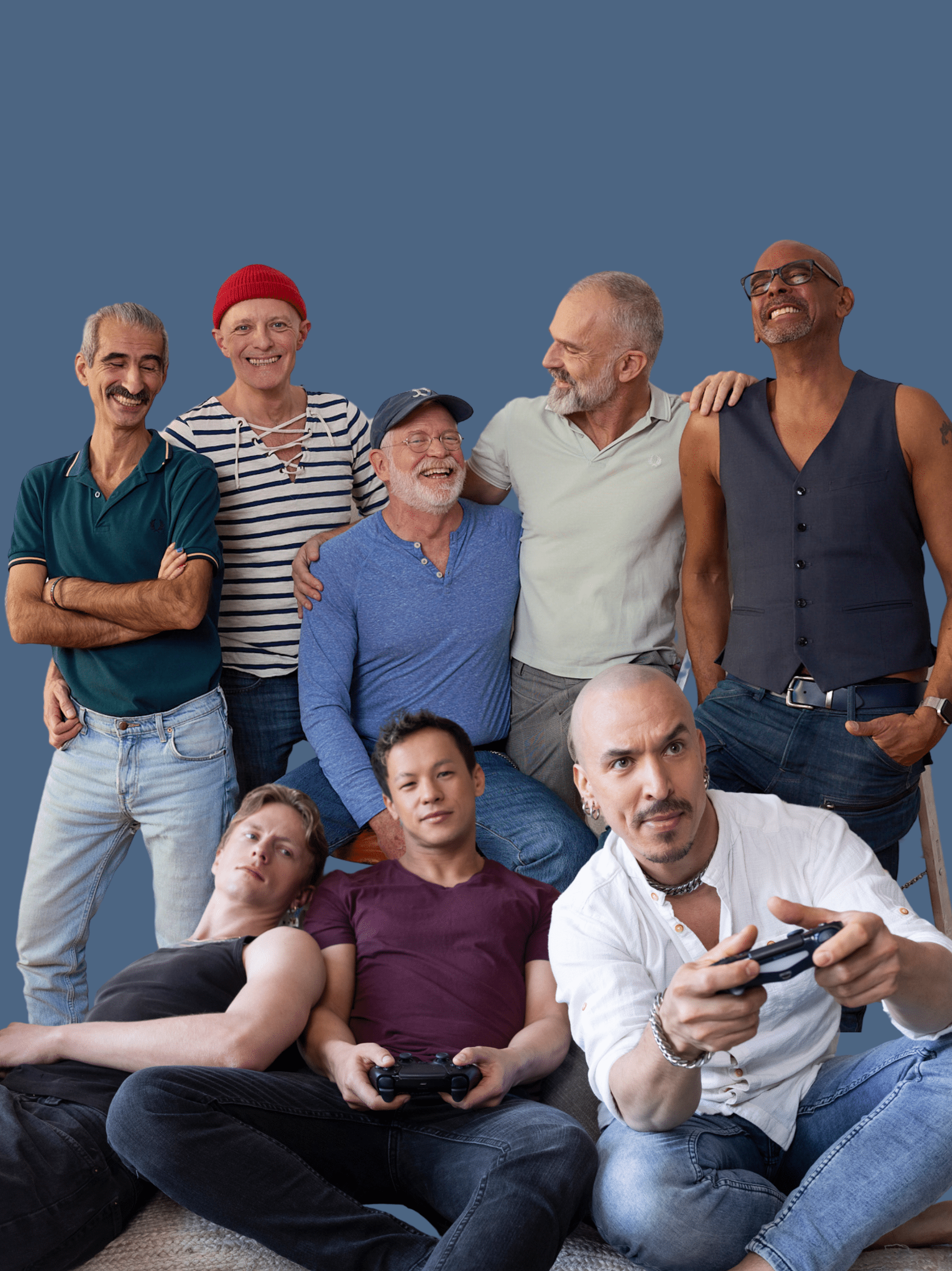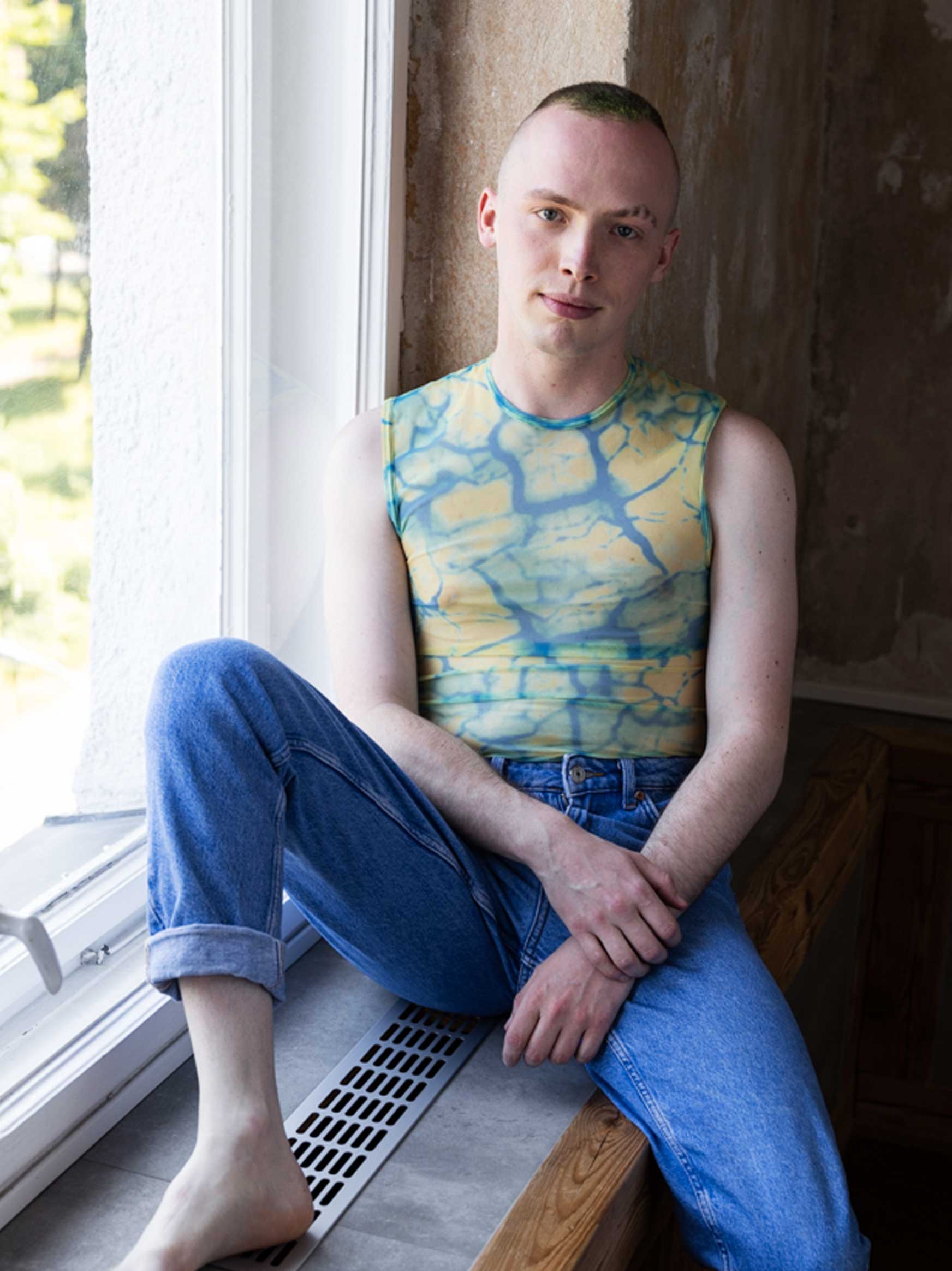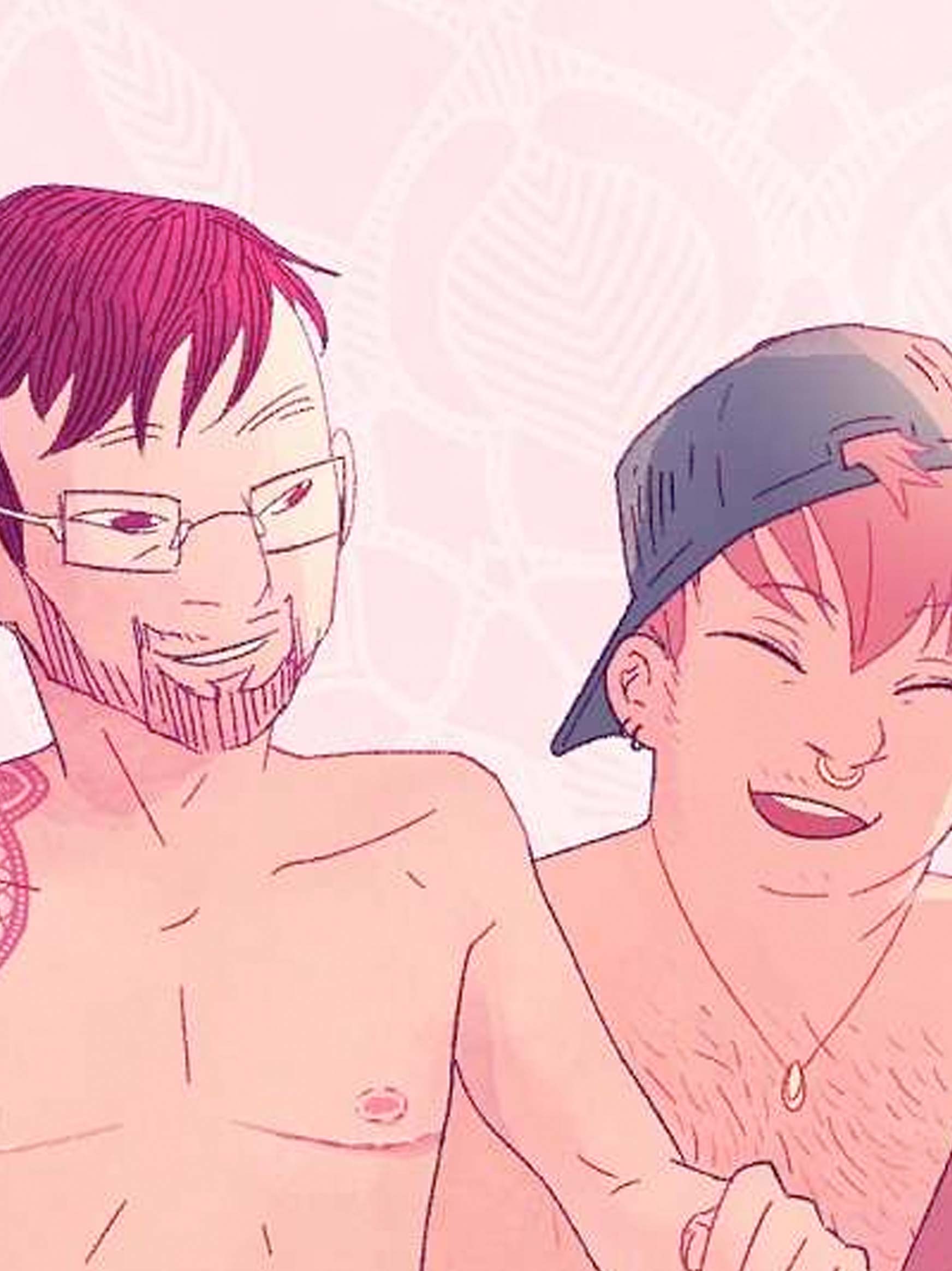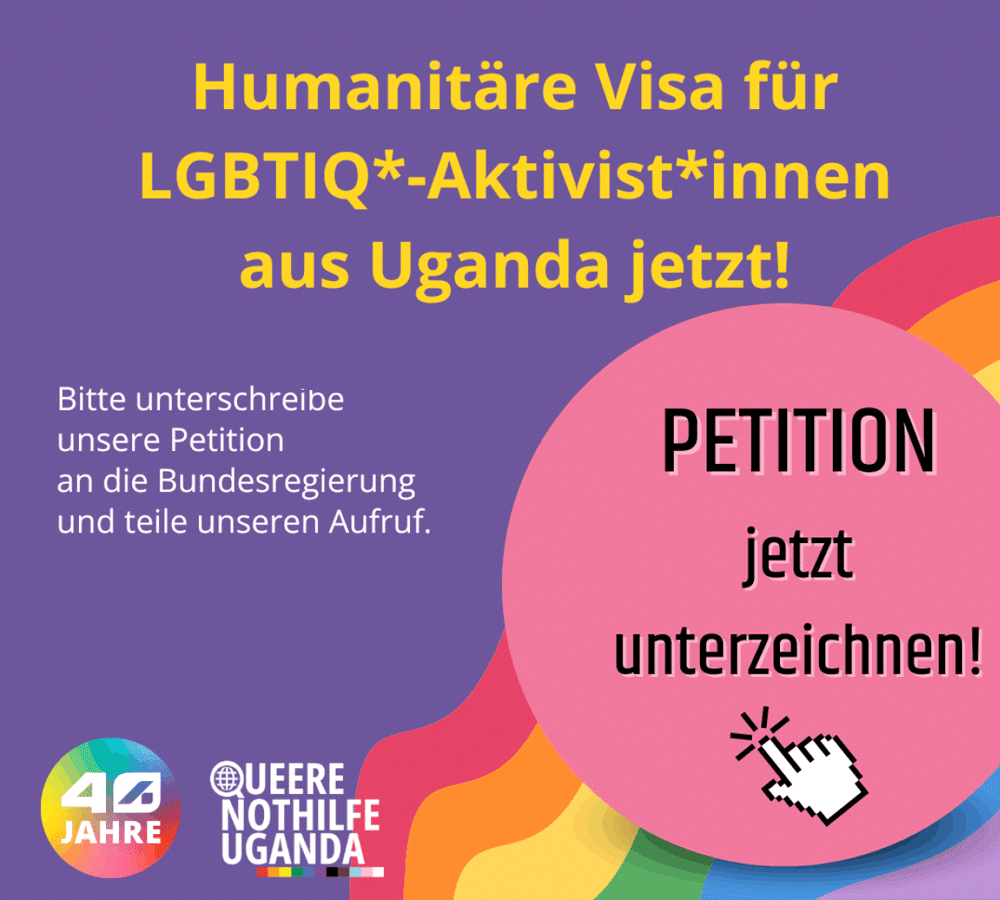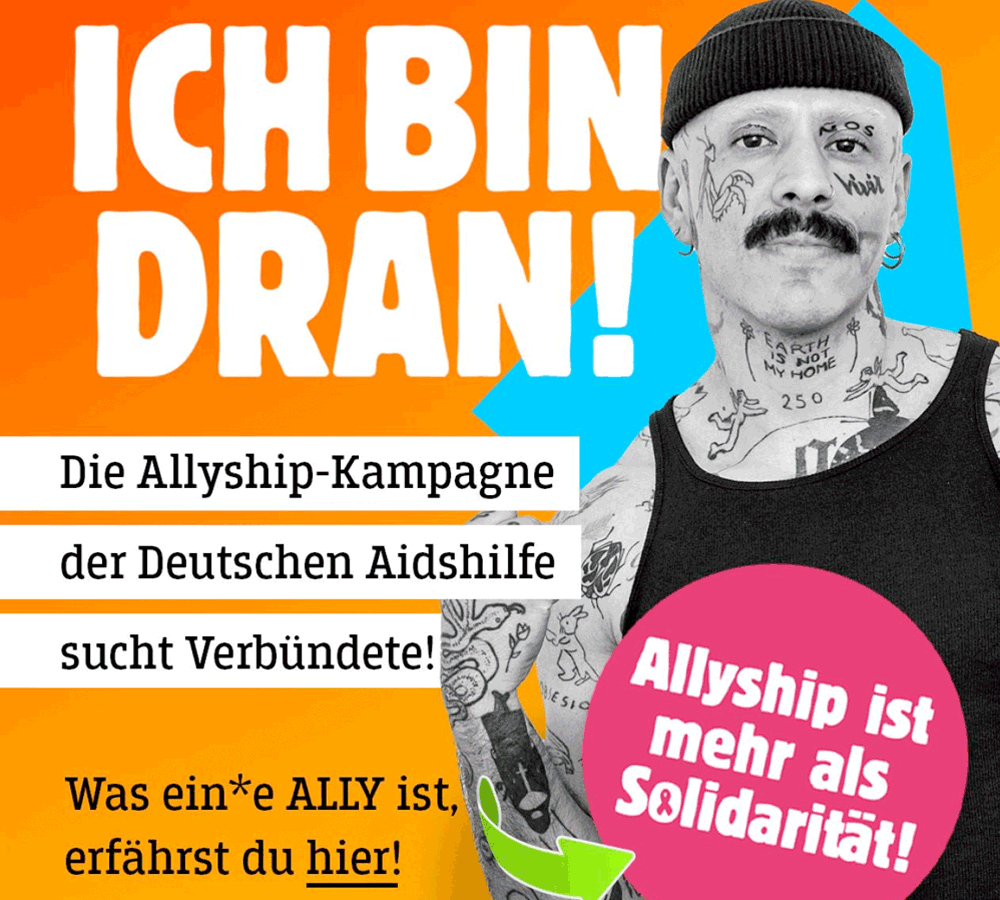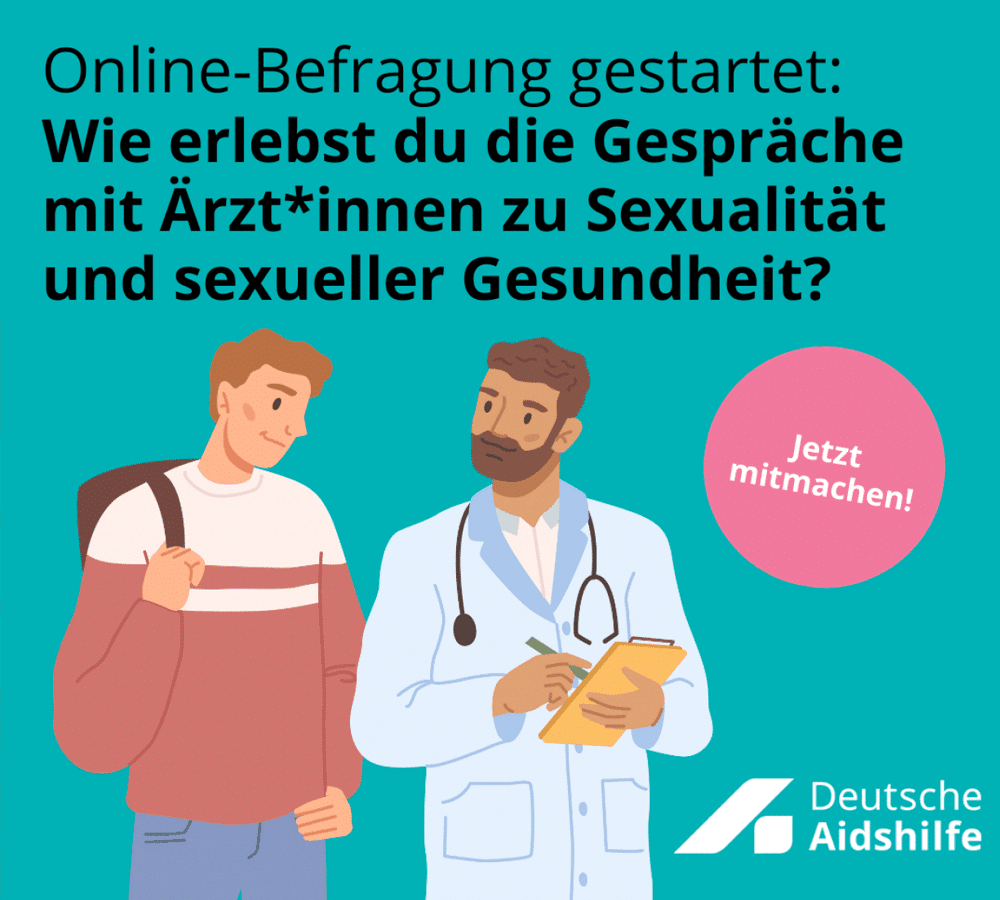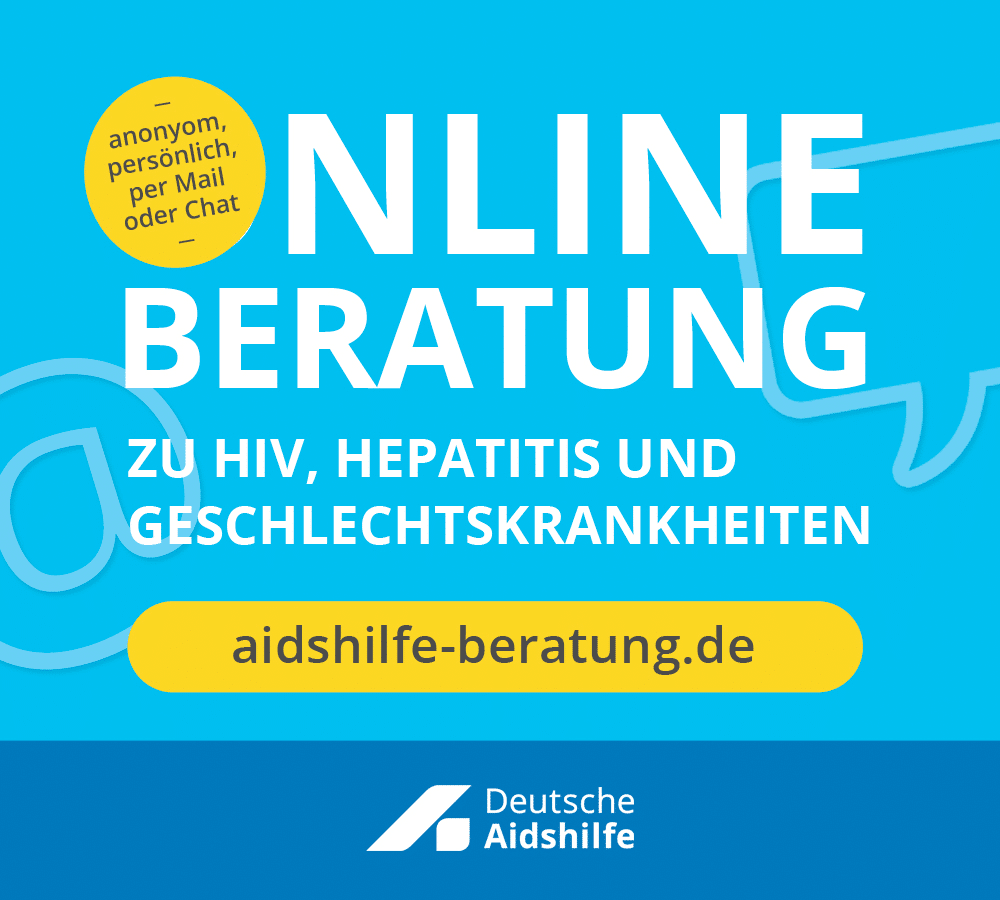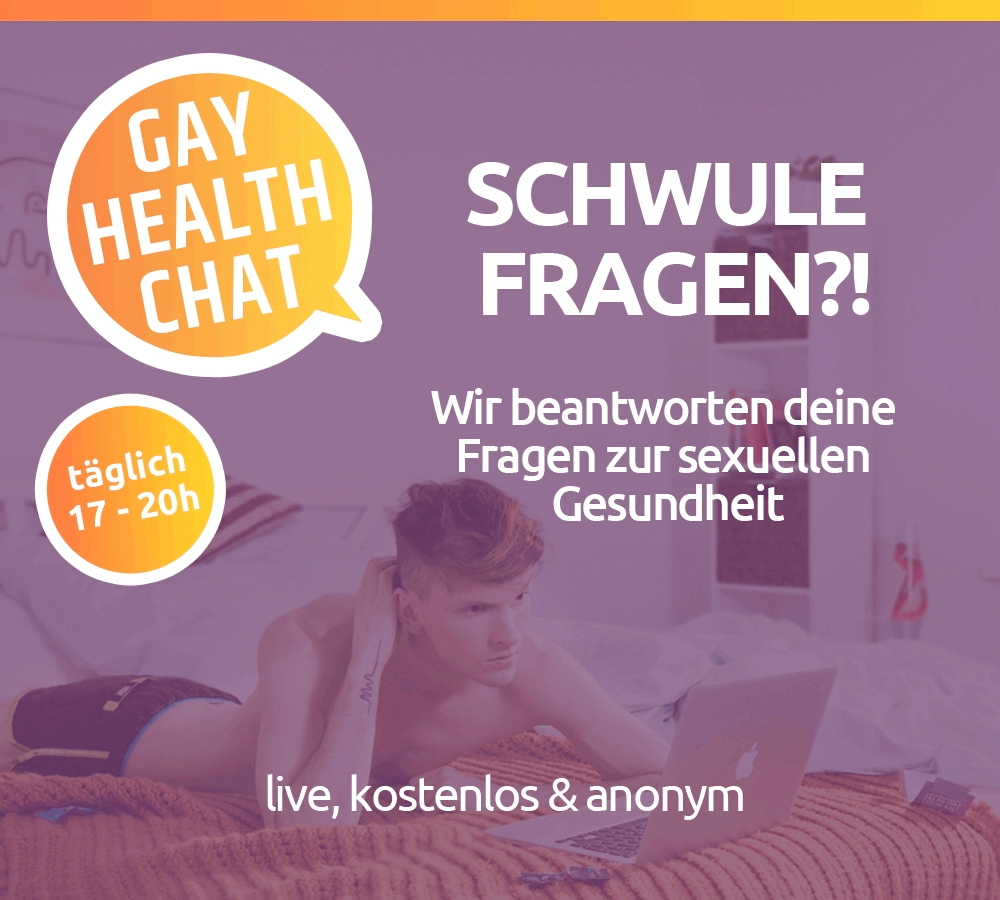Until the "Day against Homophobia" on 17 May, we will be presenting people, projects and campaigns that are committed to fighting homophobia here on the blog. We talk to them and listen to their stories. They are diverse, colourful and exciting and show the many different faces this commitment can take.
Part 1: "We wanted to upset and provoke"
The Rostock campaign "Homophobia, no thanks"
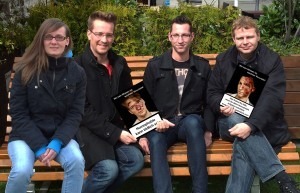
Tine, Andy, Hannes and Jörgen are the initiators of this campaign in Rostock. At the end of last year, they decided to take a stand against homophobia in their city. They do this on a voluntary basis and are financed solely by donations and sponsorship. Since March, the result can be seen on postcards and on Facebook see. Find out how the campaign came about, what the reactions were like and what they are planning for the future in this interview.
Have you experienced homophobia yourself?
Every one of us. Often it wasn't open dislike, but whispering behind closed doors or rejection from work colleagues or fellow students at university. Another point is that Rostock's trendy pubs are repeatedly subjected to homophobic attacks, be it through defilement or wilful damage. But this is not limited to Rostock, it is an international problem.
A campaign like this certainly requires a lot of commitment. How exactly did it come about?
The idea for the campaign was born in the context of finding the motto for CSD Rostock 2012. The motto is "Where there is no knowledge, prejudices grow." We formed a small group and thought about how we could address the issue of homophobia. Inspired by "I've had enough!" by ICH WEISS WAS ICH TU, we decided on a similarly drastic approach with provocative motifs.
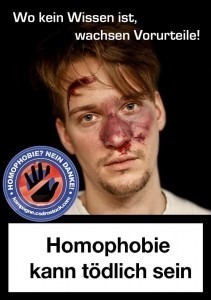
Your pictures show women and men with blood and wounds on their faces. Underneath is the sentence "Homophobia can be deadly", which is reminiscent of the warnings on cigarette adverts. How did you come up with this idea?
We wanted to differentiate ourselves from others with our lurid slogans, including I KNOW WHAT I'M DOING. And we wanted to upset and provoke. The campaign is intended to reach everyone, but we deliberately left room for the motifs to be interpreted in different directions.
And what reactions did you get?
Both positive and negative ones, some of which are very controversial. It is interesting that in the minds of some viewers it remains unclear whether perpetrators or victims are depicted - in some cases we only realised this through the comments. Negative comments were made that the campaign was incomprehensible or that the motifs looked too artificial. Many people expressed their gratitude that homophobia was finally being addressed so drastically and openly.
At the moment you are particularly present on Facebook. What are you planning for the next few months with your campaign?
Get sponsors! The campaign will run for a year as a postcard motif, but this is only possible if we can inspire sponsors to support us. That's why we are actively approaching companies. In discussions, we are increasingly focussing on the idea of diversity, which is currently important in more and more companies and has been proven to increase productivity and team spirit in a company. We are also currently running poster campaigns in the local area to draw attention to us and the campaign.
When would the issue of homophobia be over for you? What would have to happen for you to say "Okay, we've achieved our goal. Our campaign is no longer needed"?
Our primary aim is to draw attention to the homophobia that still exists in people's minds. People are always homophobic without realising it. It is important to us to sensitise them and make them aware of their actions. At the moment, there is no foreseeable point in time when the campaign will no longer be necessary. Getting homophobia out of the minds of all people is very difficult to achieve. However, we are convinced that small steps along the way are achievable and realisable for us.
Interview: Tim Schomann
